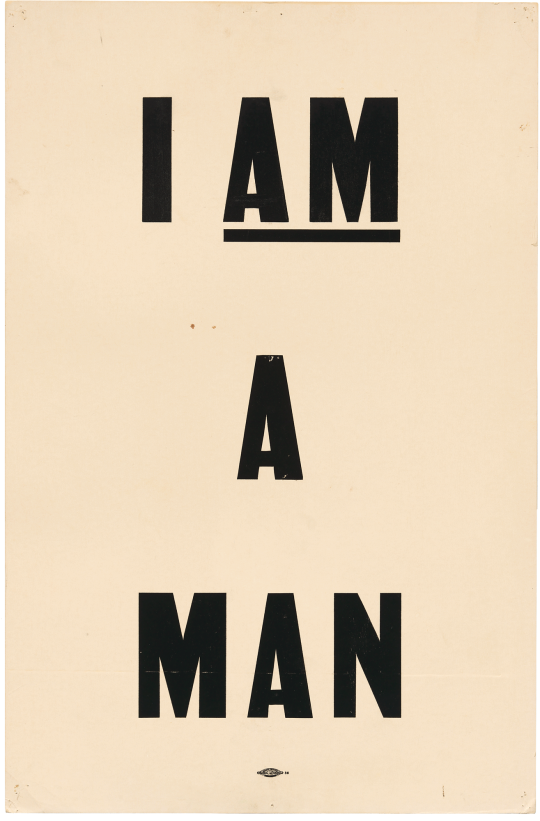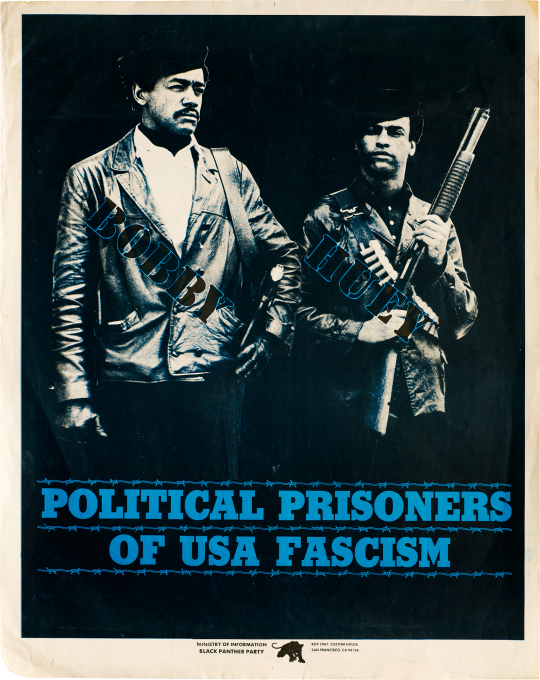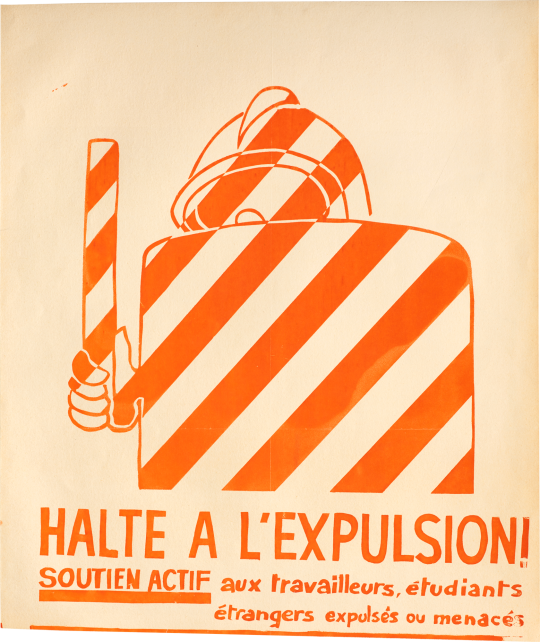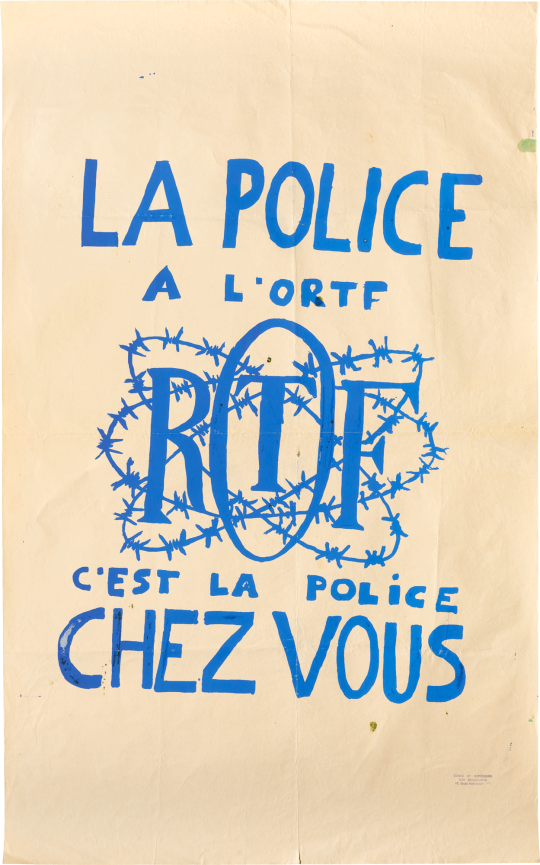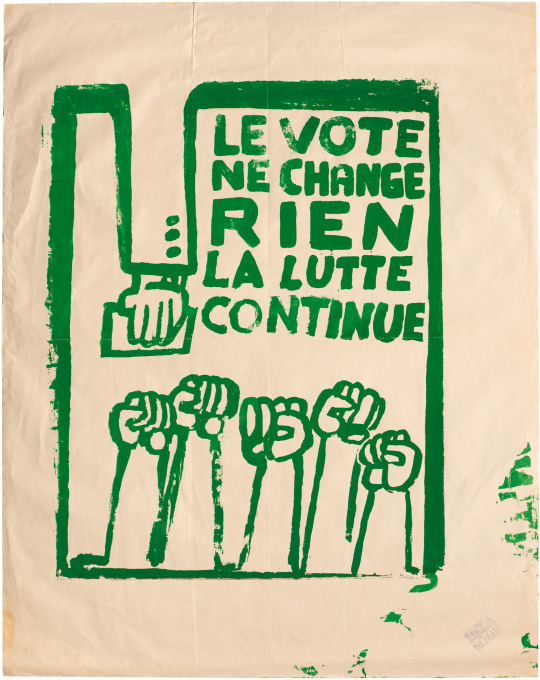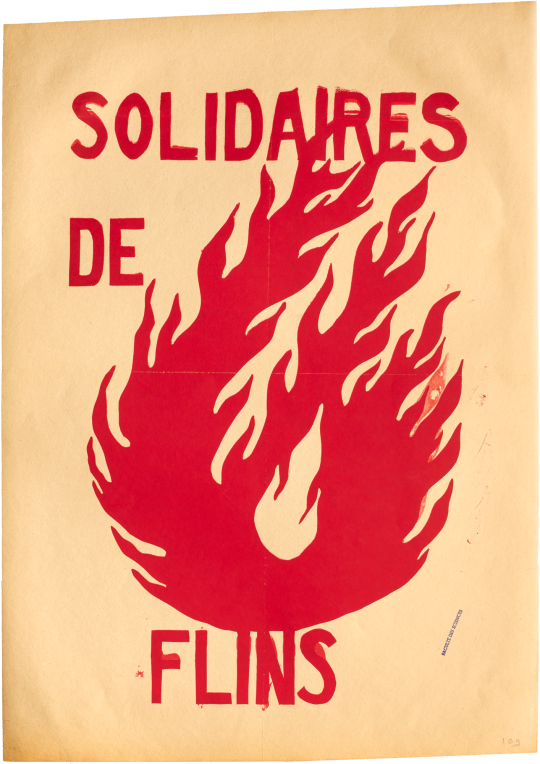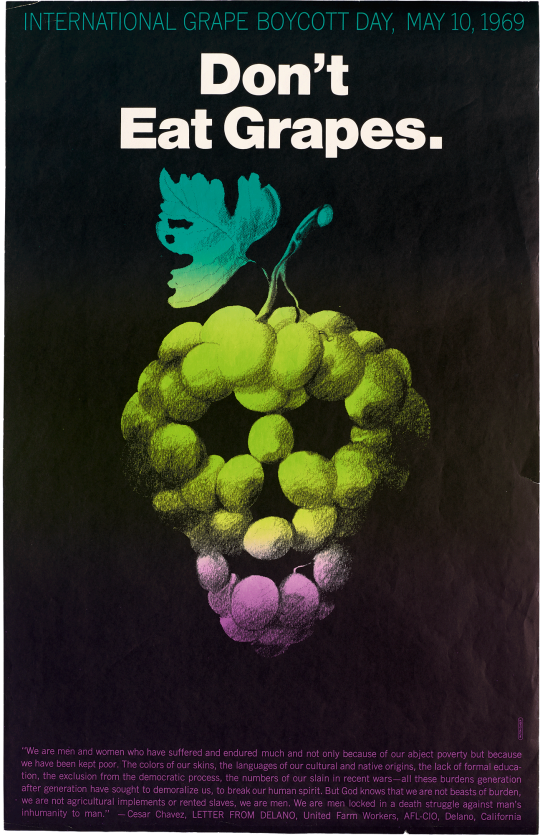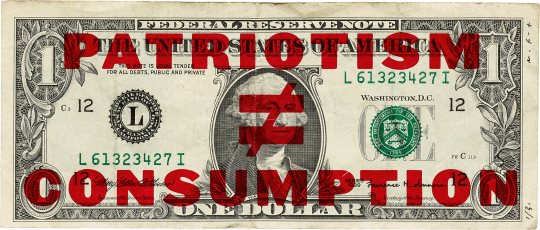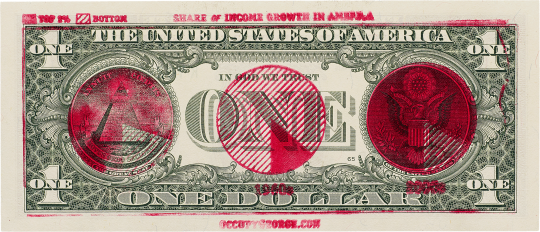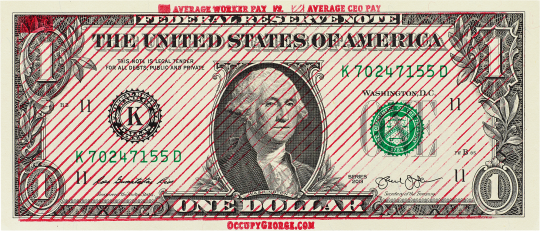strike!
“Lightning makes no sound until it strikes.” — Dr. Martin Luther King, Jr., Why We Can’t Wait, 1964
Recorded on an ancient papyrus, the first known labor strike occurred in the twelfth century BCE, when Egyptian artisans laid down their tools after the pharaoh missed payroll one too many times. Ever since, workers at various stages in history have walked off the job in protest, leveraging their collective power to create real and lasting change.
The actions and demands of a strike are amplified through typography, from I Am a Man—one of the most iconic protest signs of the twentieth century—and its revival as a digital font, to the hand-lettered posters of Atelier Populaire—a group of art students who helped spark a nationwide strike in France in 1968. Together, these objects illustrate what organized solidarity can do.
We end this exhibition with examples of how currency can be used as a vehicle for economic protest, particularly as rampant income inequality, predatory lending practices, and runaway corporate profits conspire against present and future generations.
Walkthrough
Next
vote!-
![]()
I Am a Man!
letterpress
-
![]()
Type specimen for Martin
digital font
-
![]()
Political Prisoners of USA Fascism
offset
-
![]()
Stop the Expulsion! (Halte à l’expulsion)
screen print on newsprint
-
![]()
Police at the ORTF Means Police at Your House (La police à l’ORTF c’est la police chez vous)
screen print on newsprint
-
![]()
The Vote Changes Nothing; The Struggle Continues (Le vote ne change rien; la lutte continue)
screen print on newsprint
-
![]()
Solidarity with Flins (Solidaires de Flins)
screen print on newsprint
-
![]()
Yes to the Revolution! (Oui à la révolution!)
screen print on newsprint
-
![]()
Don't Eat Grapes
offset
-
![]()
Patriotism ≠ Consumption
screen print on bill
-
![]()
Occupy George Dollar 2: Share of Income Growth in America
rubber stamped bill
-
![]()
Occupy George Dollar 3: Average Worker Pay vs. Average CEO Pay
rubber stamped bill
